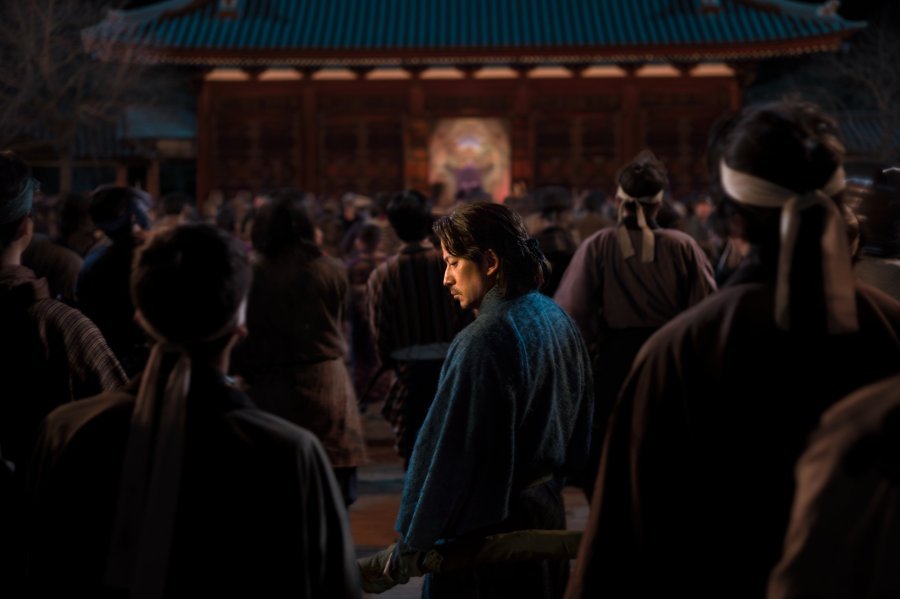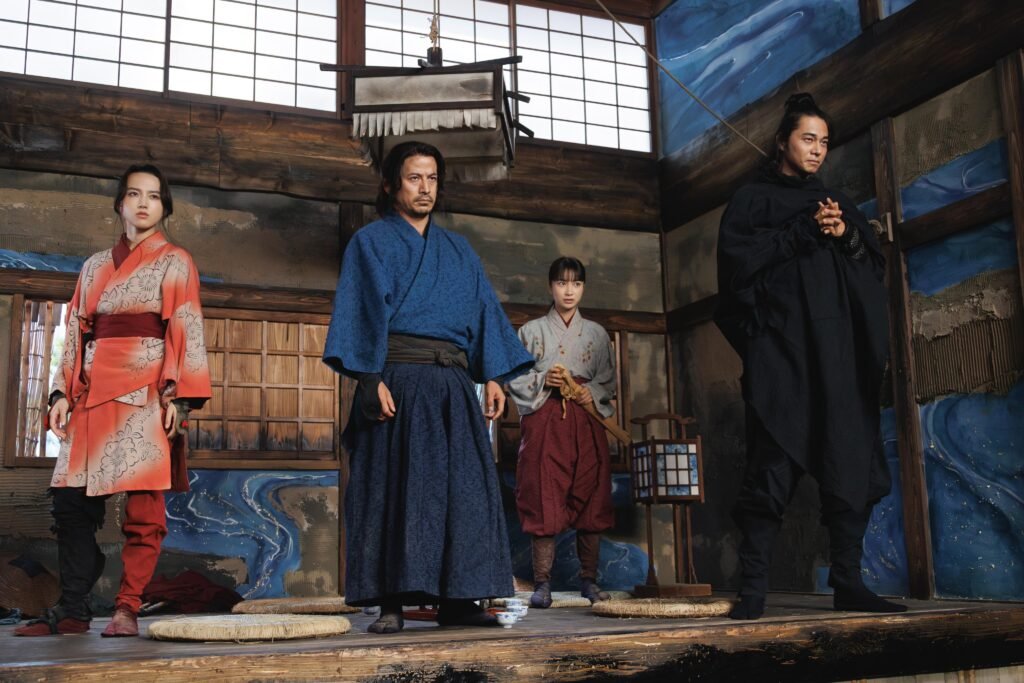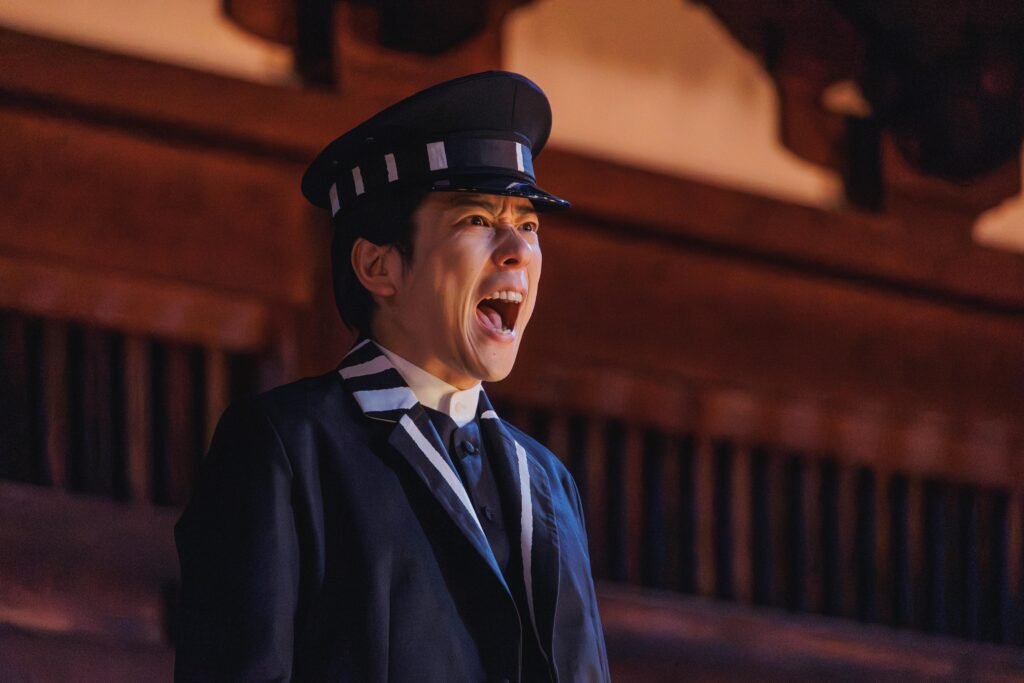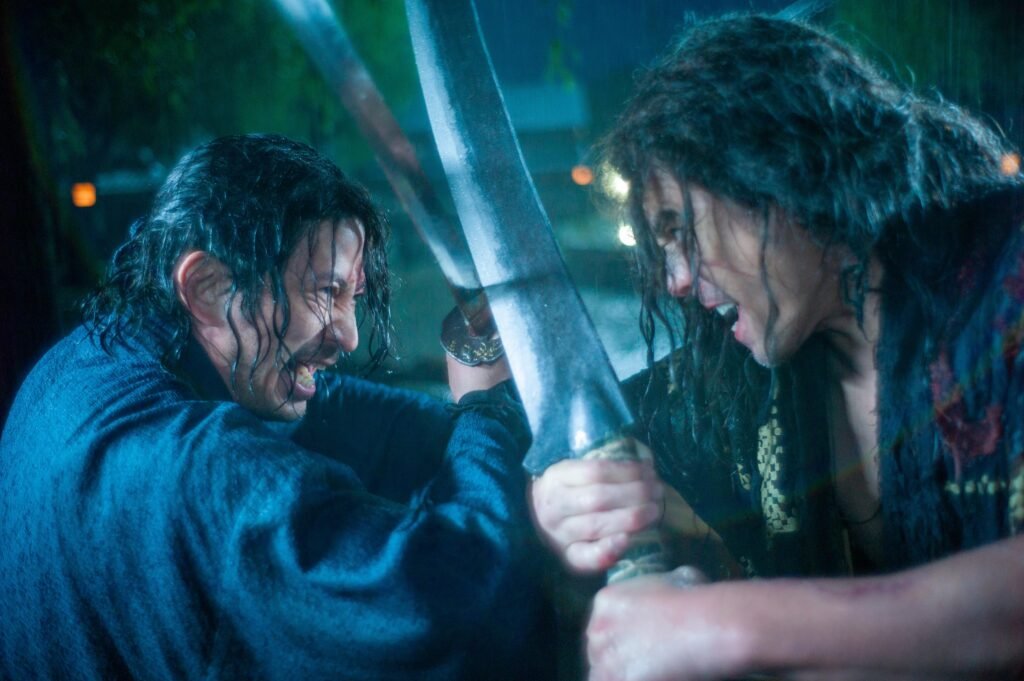Last Samurai Standing Review

Director: Michihito Fujii, Kento Yamaguchi, and Toru Yamamoto
Date Created: 2025-11-13 19:34
4.5
Last Samurai Standing Review: The Netflix Japanese series イクサガミ is directed by Michihito Fujii, Kento Yamaguchi, and Toru Yamamoto, and it blends historical drama, raw human emotion, and fierce action into one unforgettable ride. Starring Junichi Okada as Shujiro Saga. He is supported by Yumiya Fujisaki, Kaya Kiyohara, Masahiro Higashide, Hiroshi Abe and others. The show is an adaptation of Shogo Imamura’s award-winning novel “Ikusagami”, which tells the story of the dying era of the samurai in Japan’s Meiji period.
Last Samurai Standing Review
The plot of the series revolves around 292 fighters who are summoned for an enigmatic competition to the Temple of Tenryu-ji in Kyoto. The winner will get the staggering sum of 100 billion yen, yet the true award is not the renown and honour that accompany it but a bloody game of life and death in which the players have to steal the wooden tags representing their lives from one another to keep on living. A tag on their body indicates a life, and when it is taken off, it simply means the end of it. The prize goes to the ones who are the last survivors after the extreme trip to Tokyo.

The Last Samurai Standing attracts you with its eerie brilliance and poetic savagery. It is a complicated storyline of dilapidated temples and fog-covered woods, bloodstains and battlefields, all in a pictorial extravaganza that has both a filmic and an intimate feel. The samurais of the series are not simply gladiators fighting for money but the very people who are still in search of meaning in a world that has forgotten the honour they used to cherish so much.
Yes, the series inevitably draws parallels to Squid Games, the neediness of the contestants, the opulence of the observers, and the entire community’s submission to the epidemic and poverty are the major similarities between the two works. The epidemic in the village manifests itself as cholera, and the hope of wealth from the game lures in people who are desperate and already have nothing to lose. Wealthy spectators wager on their lives as these men, from a distance, kill each other for survival, and the ones with the most tags get to Tokyo. However, unlike in Squid Game, Last Samurai Standing has a rule allowing more than one survivor, and this little aspect changes everything.

The emotional heart of the Japanese series Last Samurai Standing is what makes it so strong. Junichi Okada plays Shujiro Saga, and, honestly, he is not just any other good fighter. Formerly known as Kokushu the Manslayer, he is burdened with unspeakable trauma from the Boshin War and has vowed never to draw his sword again. However, he is driven back to the front lines, but not for glory, instead to save his ailing wife and child. In a wild tale, his silence, pain, and eventual rage create an exceptionally human hero.
One of the moments that stands out most is when Shujiro finally breaks his vow. As the series goes on, he tries to avoid fighting, burdened with the guilt of the blood he has spilt. However, his temper erupts in fury when the game’s officials begin slaying players who wish to leave. And the moment where he unsheathes his sword is both gratifying now and also sad. This isn’t simply revenge; it’s the reclaiming of his soul in a land that has little memory of mercy.

Netflix’s Last Samurai Standing has some of the best action sequences I’ve witnessed in a Japanese drama. Most of the fights are one shots, the intensity of a swing reveals a concert, the breath fails to breathe, simply a couple of long takes. The choreography strikes a balance between gracefulness and savagery; this is not simply violence for violence’s sake; it is a tale well told with movement. Even when there are CGI embellishments added, they flow seamlessly with the real-world stunts and picturesque cinematography.
One of the other reasons the series stands out is the visual storytelling. Each frame is artisan-crafted, even the way light from lanterns reflects off the slick, wet stone wall or the way a samurai’s hand shakes lightly before attacking. The movement of the camera during the duels is like a tragic tango between life and death.
However, what truly sets Netflix’s Last Samurai Standing apart from just another survival game narrative is its themes. Beneath the gory violence, though, is a brilliant critique of modernisation, codes of morality, right and wrong, and the lost identity of the samurai class. Japan is undergoing a transformation it has never known before, with the result that these warriors are anachronisms, compelled to question their purpose. The “game” becomes a metaphor for survival in a changing world where honour, tradition, and humanity are put to the test.

The supporting characters also add dimensions to the story. The samurai come for different reasons, whether it be debt, guilt, revenge, or love. The bad guys are interesting too, not because they do bad things, but because they are broken and still do bad things. Gentosai Okabe, played by Hiroshi Abe, is one of the film’s most memorable characters — a cool, chilling presence with piercing eyes and an aura that oscillates between terrifying and seductive.
Last Samurai Standing Series is never without its heart, even with the violence. Its subtextual beats, balance of silence and noise, such as when Shujiro writes to his wife or two rivals understand each other for a moment before slaughtering each other, are what make this series humanistic. Very few of the shows can brag about the name of action and emotion hand in hand.

If I had a criticism, it’s that six episodes are not enough time for such a massive story. Yes, I would have liked to see more of the side characters and the political machinations behind the tournament. But perhaps that is the beauty of it; rather than outstaying its welcome and finding itself too familiar, it instead leaves you wanting more.
Netflix Last Samurai Standing Review: Summing Up
Overall, Last Samurai Standing is a triumph of action, historical depth, and heart. It is a reminder that even in the face of death, humanity, love, and honour still matter. With stunning visuals, powerhouse performances, and a story that balances brutality with beauty, this is a show that deserves every bit of attention it gets.
Also Read: The Beast in Me Review: Gripping and Clever Thriller That Balances Grief and Suspense Perfectly
